

Last Updated: 4/13/2025
Career Stats
| YR | Team | REC | YDS | TDS | ATT | YDS | TDs |
| 22 | Michigan | 16 | 235 | 2 | 1 | -8 | 0 |
| 23 | Michigan | 45 | 649 | 4 | 0 | 0 | 0 |
| 24 | Michigan | 56 | 582 | 5 | 1 | -2 | 0 |
| Career | 117 | 1466 | 11 | 2 | -10 | 0 |
Summary
Colston Loveland arrived in Ann Arbor as a converted wide receiver who bulked up to become a tight end, earning a 4-star prospect rating from 247Sports. As a freshman, his impact was limited, but he had an impressive 14.7 yards per catch en route to 235 yards and 2 scores. There was a breakout as a sophomore, when he was second on the team with 649 receiving yards and 4 touchdowns. Despite becoming a focal point of the passing attack as a junior, amassing a team-leading 56 receptions, his production fell to 582 yards. On the flip side, he set a career high and led the team with 5 touchdowns.
With the emergence of Tyler Warren, many people have pushed Colston Loveland aside. This is a mistake. Standing on a lengthy and imposing 6-foot-6, 248-pound frame, a prototypical NFL build for the position. He also has the frame that will allow him to add some weight once at the next level. Loveland has shown alignment versatility but operates best in line or the slot. Lacking quickness off the line limits his release packages, but his size and physical presence make up for this.
Once into the route, his receiver background is evident. He understands leverage points and attacks them with wiggle and quickness in and out of his breaks. Although it hasn’t been the most expansive route tree, he has been effective in both hard and soft-breaking routes. His lengthy stride allows him to excel on crossing routes and pressing up the seam against less athletic linebackers and smaller safeties. Against zone coverage, Loveland shows the knowledge to find and sit in the soft spots and make himself available to the quarterback. Once in the scramble drill, he follows the quarterback well and shows the creativity to get open for him.
At the catch point, his size is a significant mismatch, but his ball skills enhance this tremendously. He has strong and reliable hands and a willingness to attack the ball at the highest point. He is comfortable catching outside his frame, both over his head and below his waist. Without the need to slow down and catch the ball, he can generate plenty of yards after the catch. As more of a strider, he lacks the quickness and athleticism to generate missed tackles in the open field or string moves together. This does leave us wanting a little bit more after the catch, but for a tight end, he is above average in this department.
Just as impressive as his receiving skills, he has developed into a very effective blocker. With good hand placement and balance skills, he is effective in sealing the backside or sealing the edge on run plays. He also has the athleticism and attacking prowess to operate as a lead blocker through the hole. There is still room to grow in the power-blocking game as he struggles to overpower larger defenders. This stems more from the lack of power in his frame, which can be improved with some technique and weight added at the next level.
Strengths
- Blocking
- Hands
- Route running
- Catch radius
Weaknesses
- Route exposure
- Quickness
- Elusiveness
Honors and Awards
- First-team All-Big Ten (2024)
- Second Team All-American (2024)
- Second Team All-Big Ten (2023, 2024) (media)
Athletic Testing
- 40-yard dash: TBD
- Vertical: TBD
- Broad Jump: TBD
- Three-cone: TBD
- Shuttle: TBD
- Bench: TBD
NFL Role Prediction
- Traditional starter
Fantasy Outlook
The allure of an outstanding season of Tyler Warren has clouded many people, but there is a real chance Loveland will become the better NFL player. Loveland is the more complete player, displaying solid blocking skills, but is exceptional in the receiving game. For fantasy managers, this receiving prowess is critical. In a spot where he can be given a significant target share, he has the talent to become a reliable TE1 for us.
Player Comparisons
- Dalton Kincaid
- Sam LaPorta
- Hunter Henry
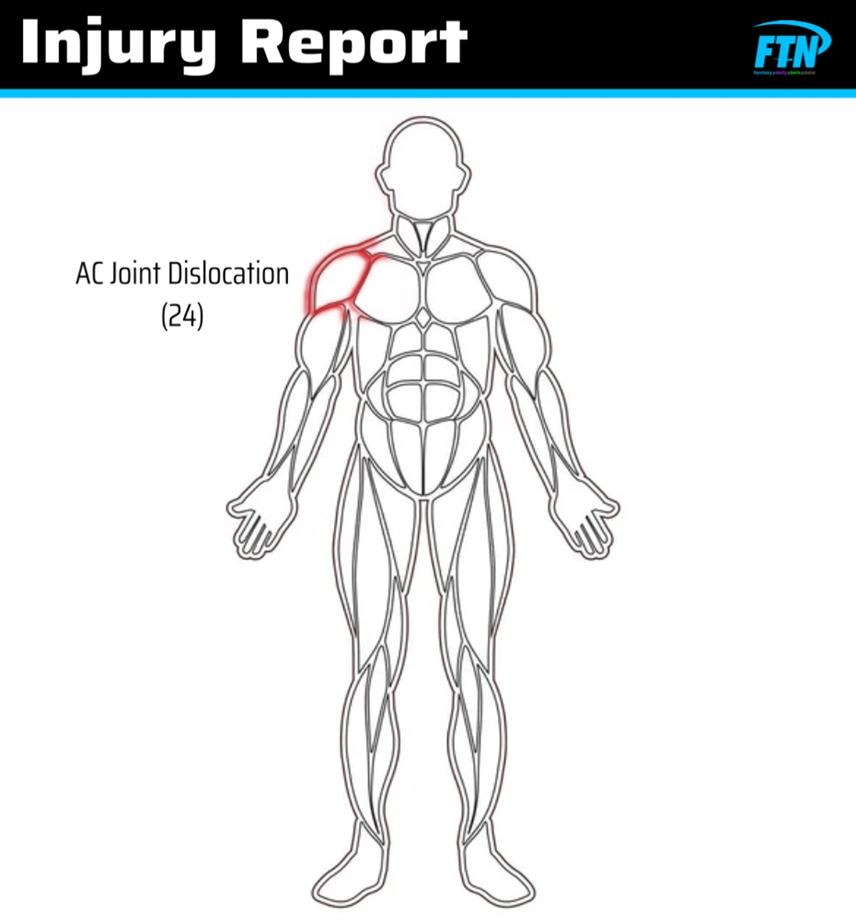

































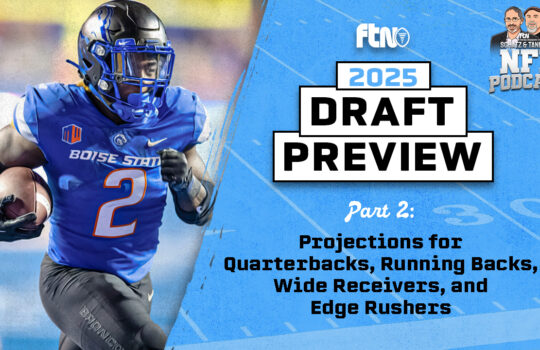

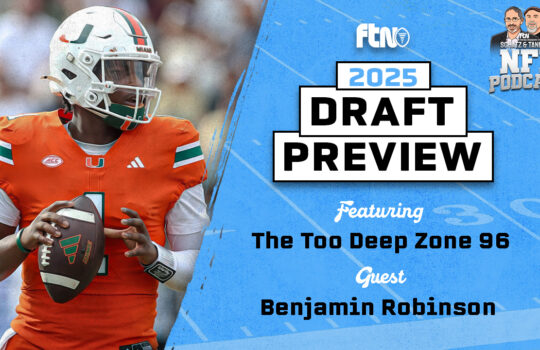














 New York Jets
New York Jets  New England Patriots
New England Patriots 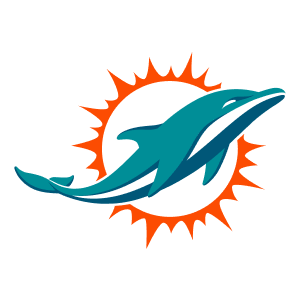 Miami Dolphins
Miami Dolphins  Buffalo Bills
Buffalo Bills  Pittsburgh Steelers
Pittsburgh Steelers  Cleveland Browns
Cleveland Browns  Cincinnati Bengals
Cincinnati Bengals  Baltimore Ravens
Baltimore Ravens 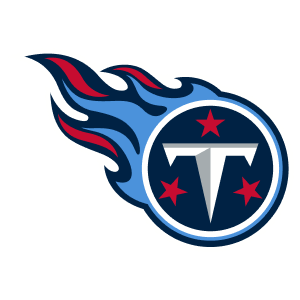 Tennessee Titans
Tennessee Titans  Jacksonville Jaguars
Jacksonville Jaguars  Indianapolis Colts
Indianapolis Colts  Houston Texans
Houston Texans  Las Vegas Raiders
Las Vegas Raiders  Los Angeles Chargers
Los Angeles Chargers  Kansas City Chiefs
Kansas City Chiefs  Denver Broncos
Denver Broncos  Washington Commanders
Washington Commanders  Philadelphia Eagles
Philadelphia Eagles  New York Giants
New York Giants  Dallas Cowboys
Dallas Cowboys  Minnesota Vikings
Minnesota Vikings  Green Bay Packers
Green Bay Packers 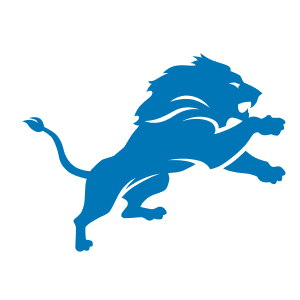 Detroit Lions
Detroit Lions  Chicago Bears
Chicago Bears 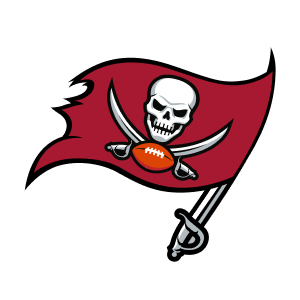 Tampa Bay Buccaneers
Tampa Bay Buccaneers  New Orleans Saints
New Orleans Saints  Carolina Panthers
Carolina Panthers  Atlanta Falcons
Atlanta Falcons  San Francisco 49ers
San Francisco 49ers  Seattle Seahawks
Seattle Seahawks  Los Angeles Rams
Los Angeles Rams  Arizona Cardinals
Arizona Cardinals 








 Boston Celtics
Boston Celtics  Brooklyn Nets
Brooklyn Nets  Philadelphia 76ers
Philadelphia 76ers  New York Knicks
New York Knicks  Toronto Raptors
Toronto Raptors  Chicago Bulls
Chicago Bulls  Detroit Pistons
Detroit Pistons  Milwaukee Bucks
Milwaukee Bucks  Cleveland Cavaliers
Cleveland Cavaliers  Indiana Pacers
Indiana Pacers  Orlando Magic
Orlando Magic  Atlanta Hawks
Atlanta Hawks  Charlotte Hornets
Charlotte Hornets  Miami Heat
Miami Heat  Washington Wizards
Washington Wizards  Denver Nuggets
Denver Nuggets  Minnesota Timberwolves
Minnesota Timberwolves  Oklahoma City Thunder
Oklahoma City Thunder  Portland Trail Blazers
Portland Trail Blazers  Utah Jazz
Utah Jazz  LA Clippers
LA Clippers  Golden State Warriors
Golden State Warriors  Los Angeles Lakers
Los Angeles Lakers  Phoenix Suns
Phoenix Suns  Sacramento Kings
Sacramento Kings  Dallas Mavericks
Dallas Mavericks  Houston Rockets
Houston Rockets  Memphis Grizzlies
Memphis Grizzlies  New Orleans Pelicans
New Orleans Pelicans  San Antonio Spurs
San Antonio Spurs 










